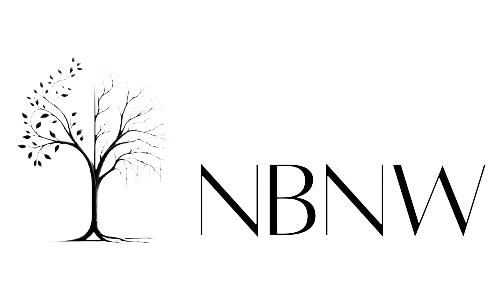

By Sunidhi - Apr 01, 2025
ChatGPT's new tool enables users to create Studio Ghibli-style images, sparking a surge in popularity and calls from OpenAI CEO for users to limit their output. The feature's success prompts debates on AI-generated art and intellectual property, despite concerns raised by Studio Ghibli's co-founder and other industry professionals. People continue to show interest in creating Ghibli-style art using various AI models and platforms, highlighting the ongoing discussion on preserving artistic integrity in the age of AI.

Getty images via Getty images
LATEST
Recently, ChatGPT added a tool that lets users create photographs in the recognizable Studio Ghibli style, which is characterized by its whimsical characters and rich surroundings. Due to the quick rise in popularity of this feature, user-generated Ghibli-style images have proliferated on a number of platforms. Sam Altman, the CEO of OpenAI, responded to the excessive demand by asking users to restrict their activity on the social media platform X. He made the amusing comment, "Can yall please chill on generating images this is insane our team needs sleep."
This feature's launch has spurred a wider discussion concerning the relationship between intellectual property rights and AI-generated art. AI in creative processes has previously been strongly criticized by Hayao Miyazaki, co-founder of Studio Ghibli, who called it a "insult to life itself." Concerns about the moral outcome of AI imitating particular artistic styles without express agreement are shared by artists and legal professionals.
There is still a lot of interest in making Ghibli-style pictures in spite of these concern. When given specific instructions, other AI models, such as Google's Gemini and Elon Musk's Grok, can generate comparable graphics, thus users without access to ChatGPT Plus have looked into them. Ghibli-esque art can also be produced using free platforms like Craiyon and DeepAI, albeit the resultant quality and level of resemblance differs.
The "Ghiblification" viral trend showcases AI's expanding creative potential and the necessity of constant discussion over how to strike a balance between technical advancement and artistic integrity. To ensure that creativity is both protected and developed as AI develops further, developers, artists, and users must work together to negotiate the ethical terrain.